
Jingwen Chen
Assistant Head of Early Years
Early childhood is a time of constant learning. However, young children's learning patterns are unique and require a fun, age-appropriate approach. In our previous article, we explained how we help our pupils deepen their understanding of maths through our daily teaching activities.
▲Click to read "How our Early Years pupils learn maths?- Ⅰ"
But maths learning must also have a connection to a child's daily life. In this article, we will share how you, as a parent, can help to make this connection.
Let's take a look at some fun and engaging activities that you can do with your child.

We are surrounded every day by different shapes. Thus, you can try pointing out shapes that may spark your child's curiosity. For example, explain to them that traffic lights are round, cabinets are rectangular and vehicle wheels are also round but can be either large or small.


You can choose songs or nursery rhymes related to numbers. Singing or reciting them can consolidate your child’s understanding of relationships between those numbers.

Look at a calendar with your child. Talk about the dates. How many days does a week have, or how is the weather on this specific day? Discussing the calendar is conducive to enhancing their ability to calculate and sequence.
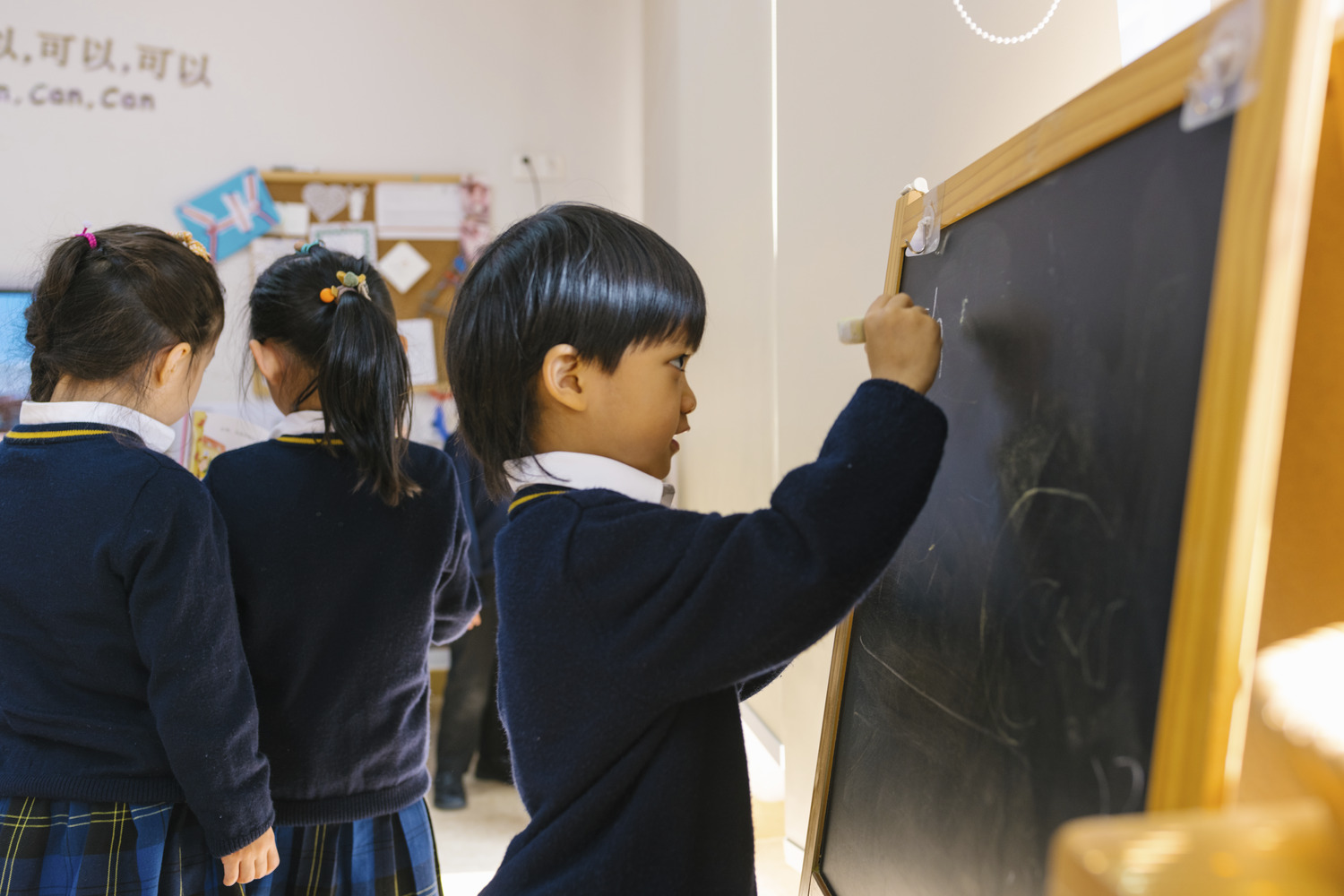
Weather topics will help them establish logical thinking skill by asking them follow-up questions like what kind of clothes they should wear to adapt to the changes in the weather.

Setting the dinner table presents a golden opportunity to teach your child about distribution. A task such as placing utensils and napkins or serving portions of dessert can help them to better understand the connotations and correlations of numbers.
For example, they may know that one is for dad; one is for mum and another for themselves, totalling three.

Through building blocks, you child can gain a sense of different planes and three-dimensional shapes as they learn the relationships between diverse shapes and differences in size. They can be made of wood, plastic or they can even use boxes or milk cartons.


Using large cardboard boxes, try making a 'tunnel' that your child can crawl through. It is not only hours of fun for them, but it helps them to better perceive dimension and space.

Give your child a variety of dried beans and shapes of pasta. Have them sequence them according to patterns. One white bean, two red beans, one white bean, for instance.
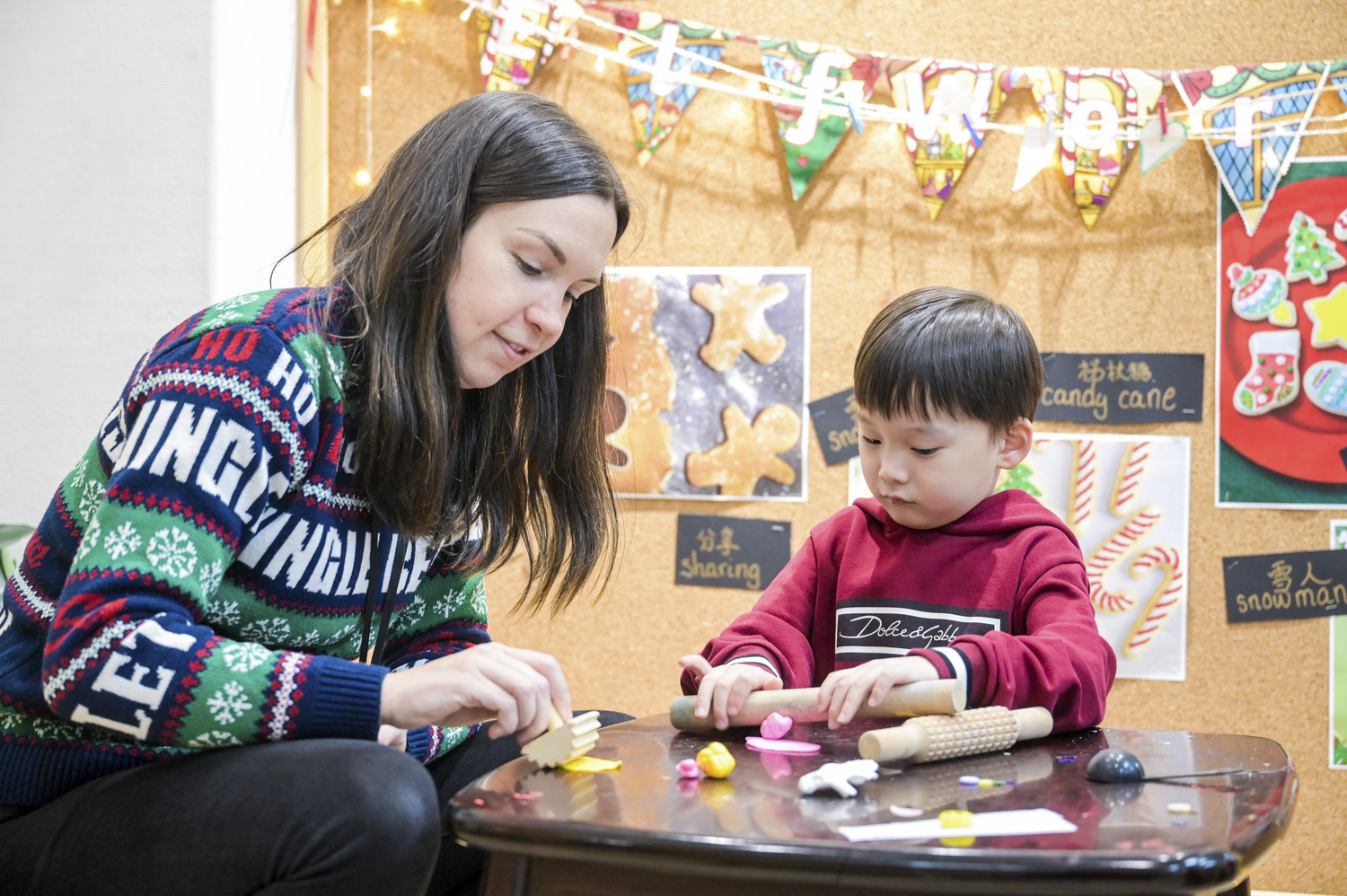

Help your child to cut ribbons, paper and knitting wool and then compare the lengths of the materials together.
This will help them reinforce their concept of length.

Have your child help you with household chores. Ask them to sort clothes according to colours and types before putting them in the washing machine.
Then, review the relations between quantities and numbers, by asking them to give you various articles of clothing. For instance: three shirts, two pair of socks and a pair of trousers.

Take every opportunity to communicate with your children by using prepositions when you play outdoors. For example, you can say “we are slipping down the slide”, “I am chasing after you” or “you have to keep running forward”.
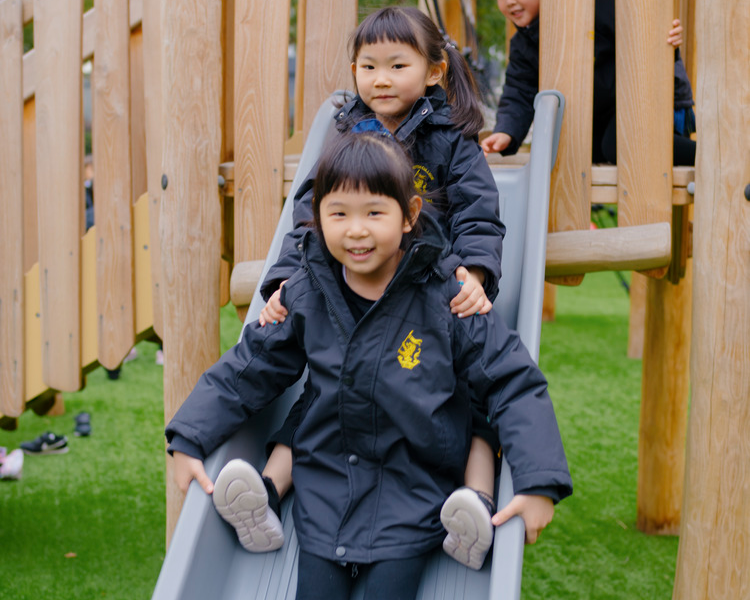

At the weekends, allow your child to choose what they will wear. Ask questions like “What colour are you going to wear tomorrow?” If they answer “green”, then you can instruct them to find other green objects in their room.
If your child is 3 years old or older, add concepts of shapes, patterns and numbers to your instructions. Then, they can attempt to find the corresponding objects around them by observing symbols printed on clothes.

If your child is 3 or older, make a chart with them that tracks sunny and rainy days. Your child can attach stickers representing weather conditions.
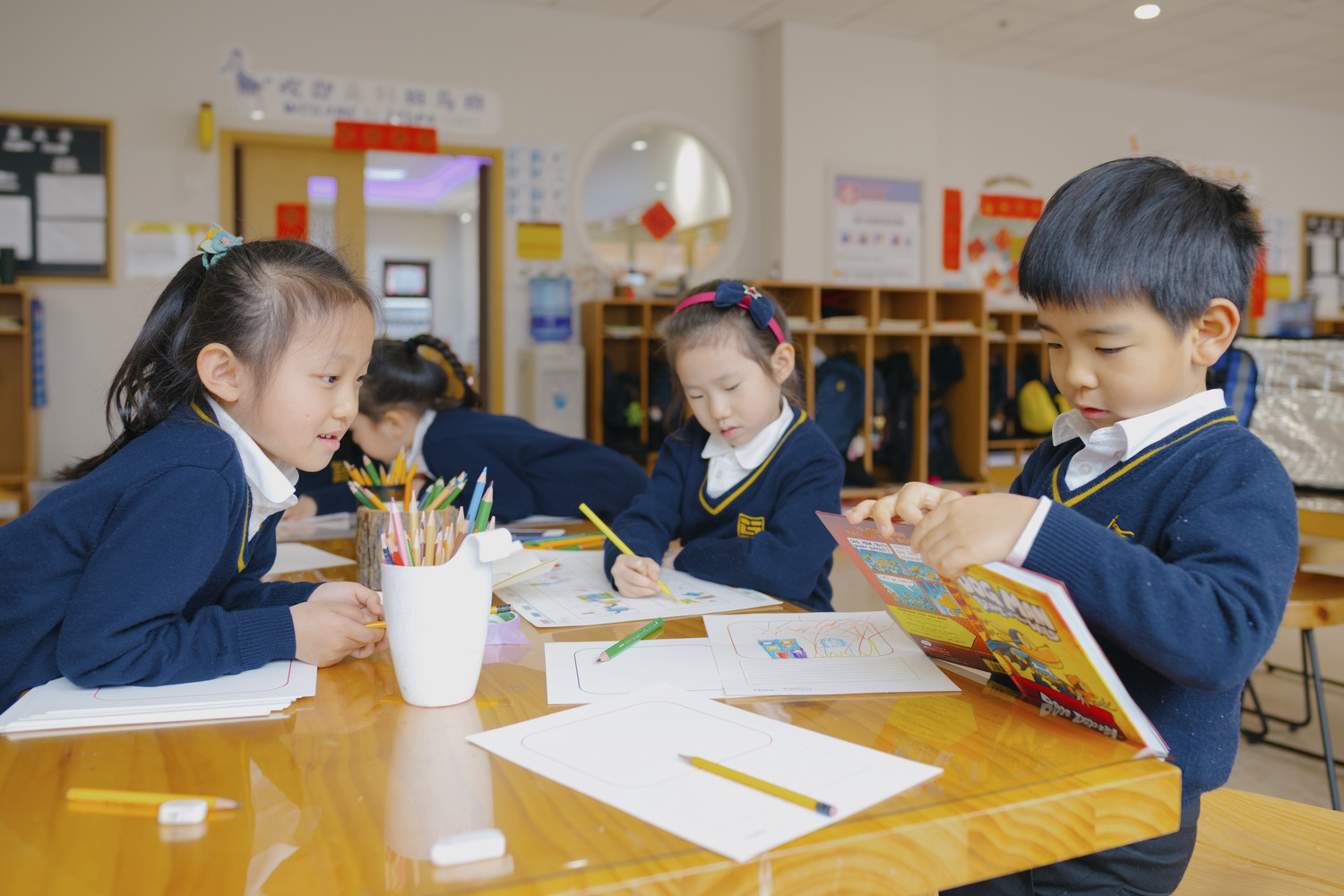
When the chart is complete, they can calculate how many sunny and rainy days occurred during the week. This helps them understand the concept of proportion, as they discover whether there are more sunny or rainy days.
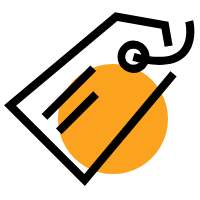
Everyday life presents us with countless ways to learn.
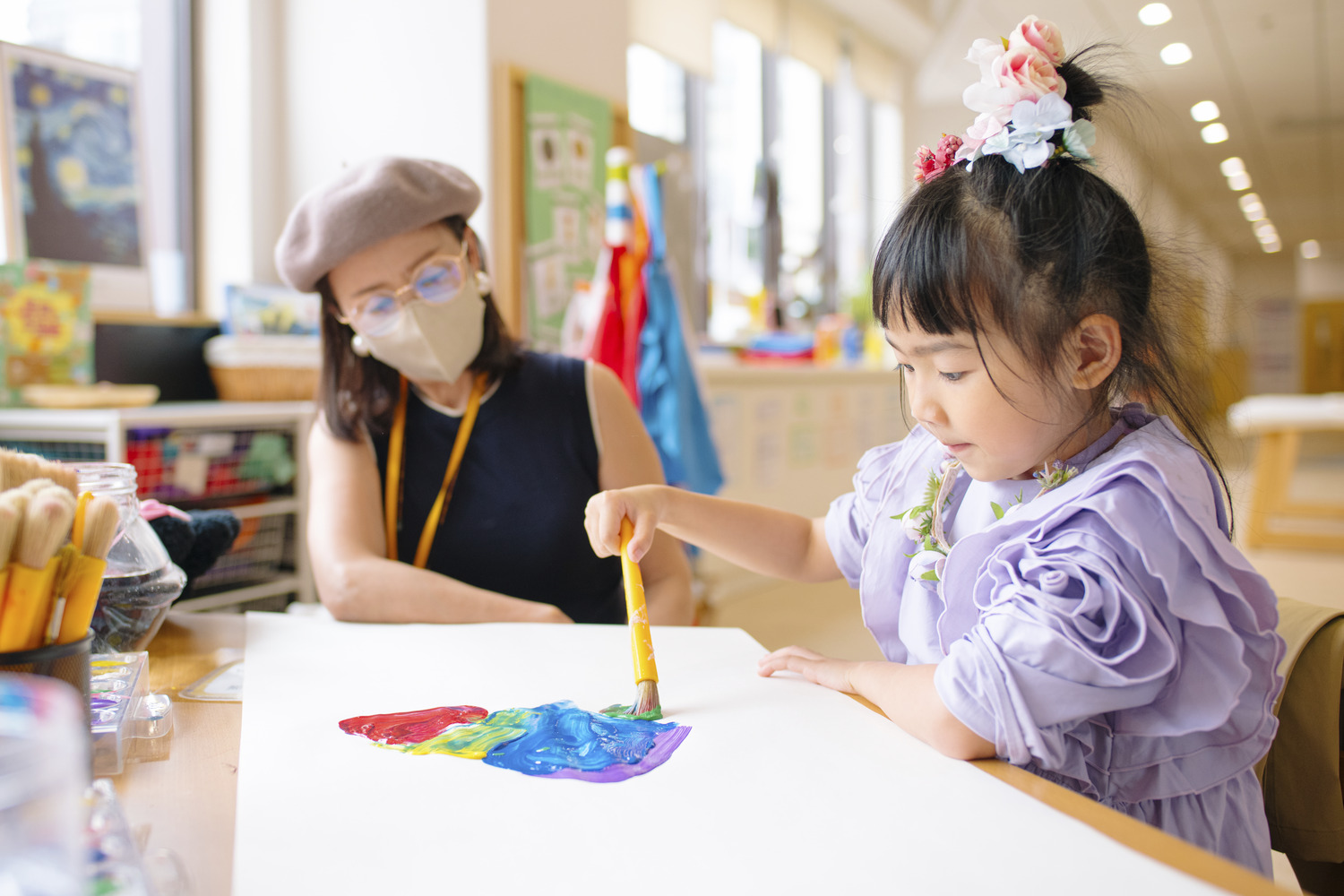
You can build your child's math's skills as you strengthen the connection between each other. Never miss the opportunity to help your child learn something daily.